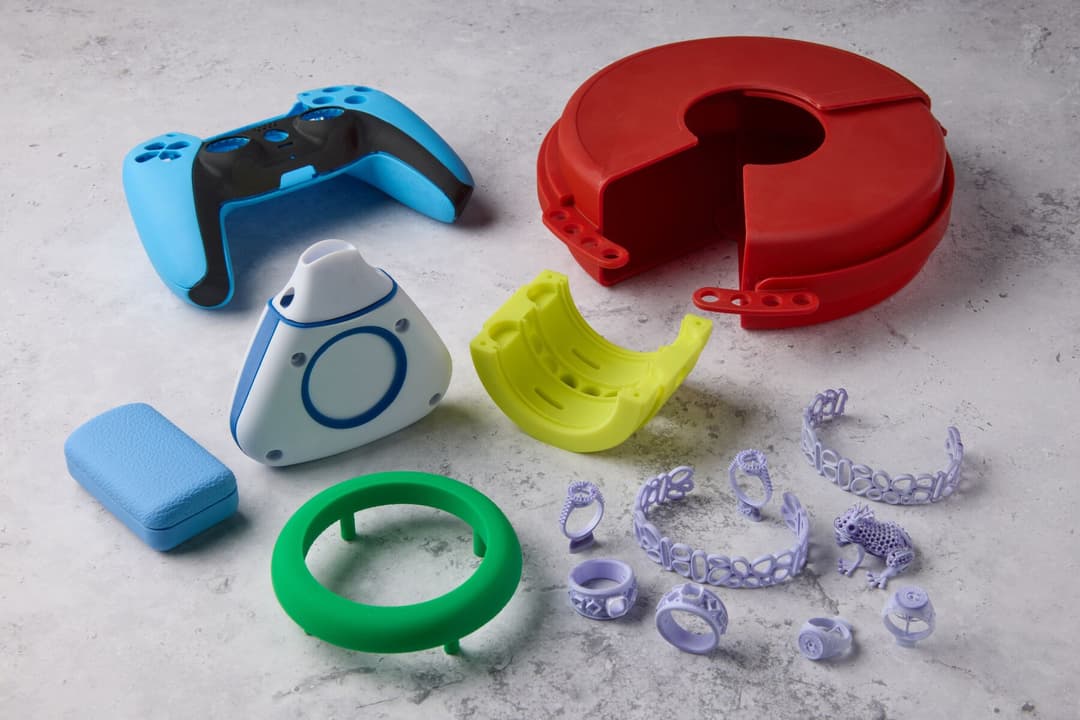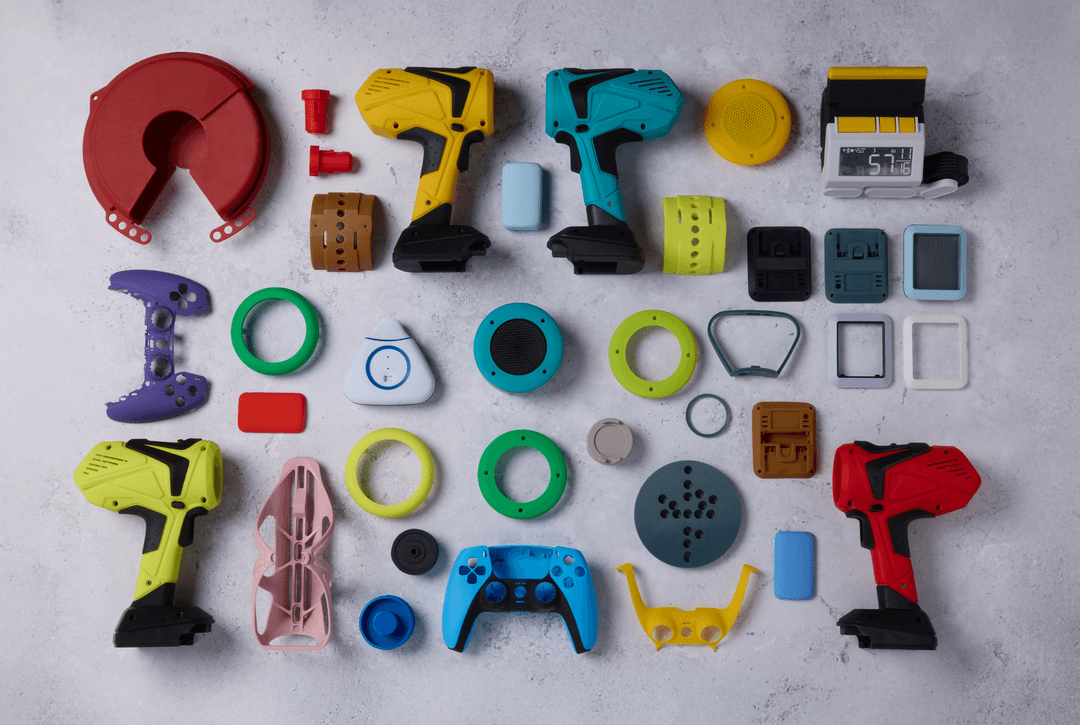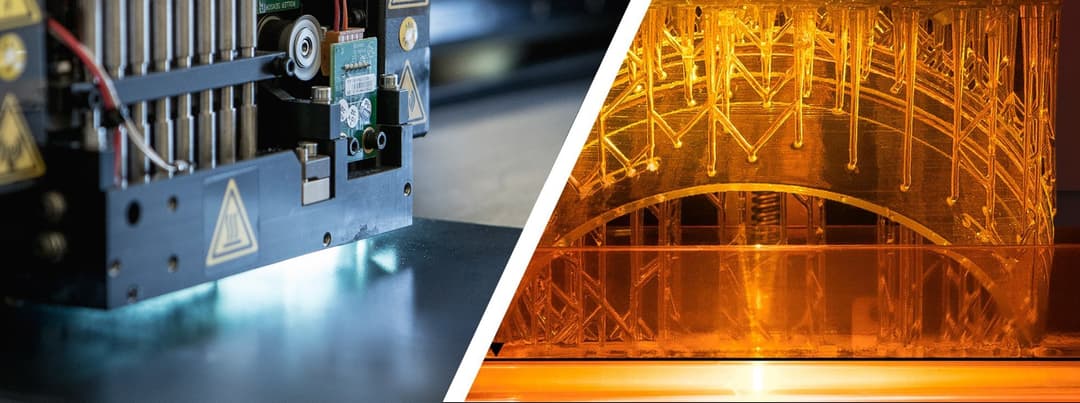It’s been a whirlwind year for 3D printing. From intriguing customer stories to food safety 101, the Formlabs blog has no shortage of interesting stories and informative guides about 3D printing. What were our readers most captivated by? Here are our most read blog posts of 2019.
6. How Volkswagen Used 3D Printing and Electroplating to Create Metal Hubcaps
Volkswagen is known for its iconic models and combining classic looks with modern technology. Working with 3D design software Autodesk, the forward-thinking brand used 3D printing for its Type 20 concept vehicle. As a platform for experimentation, Type 20 reconfigures the VW Microbus from 1962 for the modern age. To bring Type 20 to life, VW needed to manufacture hubcaps that reflected their timeless style but still fit the spokes. Using Formlabs’ desktop SLA 3D printer to print in Clear Resin, VW printed hubcaps and electroplated them in nickel.
The takeaway? SLA 3D printing can expedite the manufacturing process while improving quality. Its versatility means you can create metal parts by electroplating or casting.
5. The Essential Guide to Food Safe 3D Printing: Regulations, Technologies, Materials, and More
These 3D printed Doritos are not food safe
When 3D printing, you should factor in food safety. In 3D printed parts, bacteria can build up as quickly as a tweet goes viral. However, 3D printing can become food safe by taking proper precautions. This blog post goes over the differences between common food terms, food safe 3D printing considerations, food safe 3D printing with stereolithography (SLA), used deposition modeling (FDM), and Selective Laser Sintering (SLS).
Before 3D printing a cup or muffin tray, brush up on how to do it safely.
4. 3D Printing Technology Comparison: FDM vs. SLA vs. SLS
An FDM-printed part compared to an SLA-printed part
As the 3D printing industry develops, there is an increasing number of 3D printing techniques to suit a wide range of needs. We reviewed the three most established methods: fused deposition modeling (FDM), stereolithography (SLA), and selective laser sintering (SLS). While FDM does well for simple prototyping, SLA can support functional prototyping, patterns, molds, and tooling. SLS is best for functional prototyping and custom manufacturing.
Our blog post dives into the differences between the three aforementioned 3D printing techniques to help you make better printing decisions.
3. SLA vs. DLP: Compare Resin 3D Printing Technologies
In 3D printing, many opt to print with resin because of its versatility, relatively low cost, and ability to capture details. But which 3D printing technology should you use for resin? Stereolithography (SLA) and digital light processing (DLP) are two well known technologies for printing resin. To cure resin, both technologies expose liquid resin to a light source--while SLA uses a laser, DLP uses a projector. But that’s where the similarities end. This guide provides a detailed deep dive into how SLA and DLP work.
This blog post informs readers about the different resin 3D printing technologies and which one can best suit their needs.
2. Guide to Manufacturing Processes for Plastics
Plastic is extremely common in manufacturing. Its versatility means it can be used for end-use parts and products for different industries. Our guide explains how to manufacture plastic parts and products, from choosing the right plastic to post processing.
This blog post is a comprehensive guide to manufacturing for plastics.
1. The Ultimate Guide to Stereolithography (SLA) 3D Printing
There are different ways to 3D print: fused deposition modeling (FDM), selective laser sintering (SLS), and stereolithography (SLA). SLA, without a doubt, revolutionized 3D printing. This additive manufacturing technology uses a light source to cure liquid resin into hardened plastic. While SLA printers used to be bulky and expensive, they are now sleek and provide a high return on investment with their high resolution and accuracy. With our new Form 3 and Form 3L printers, we incorporate low force stereolithography (LFS), a new and advanced form of SLA that reduces the force exerted on parts during printing. This gentler approach results in lighter supports and more advanced, production-ready materials.
Read about the basics of SLA in our most popular blog post of 2019.


